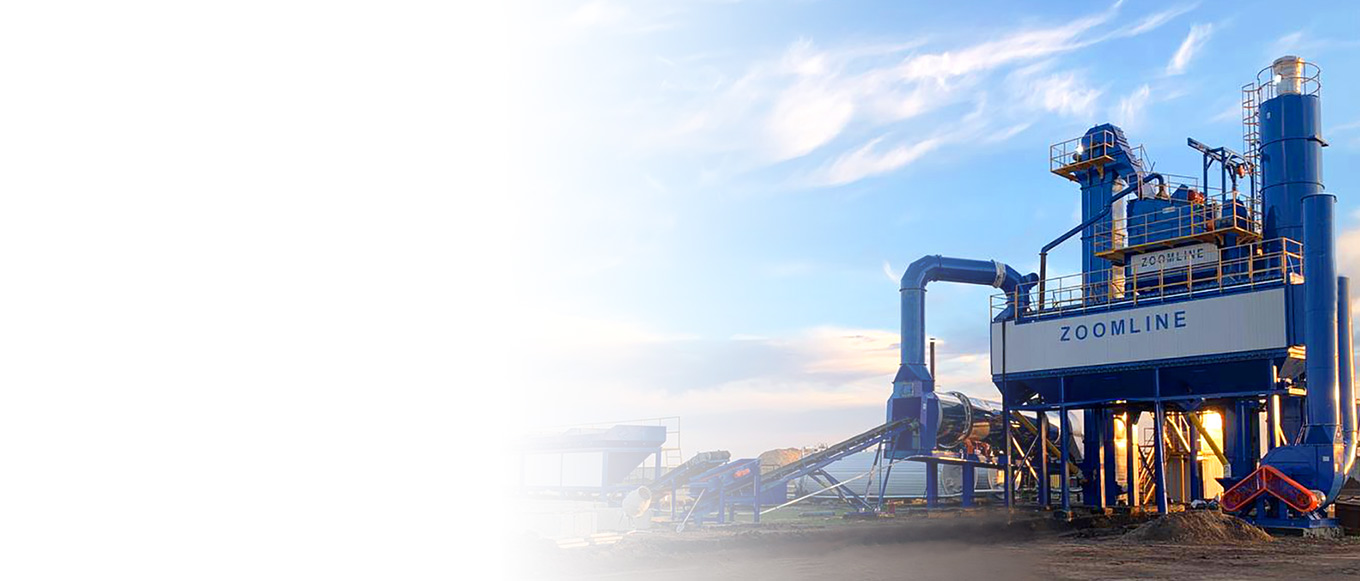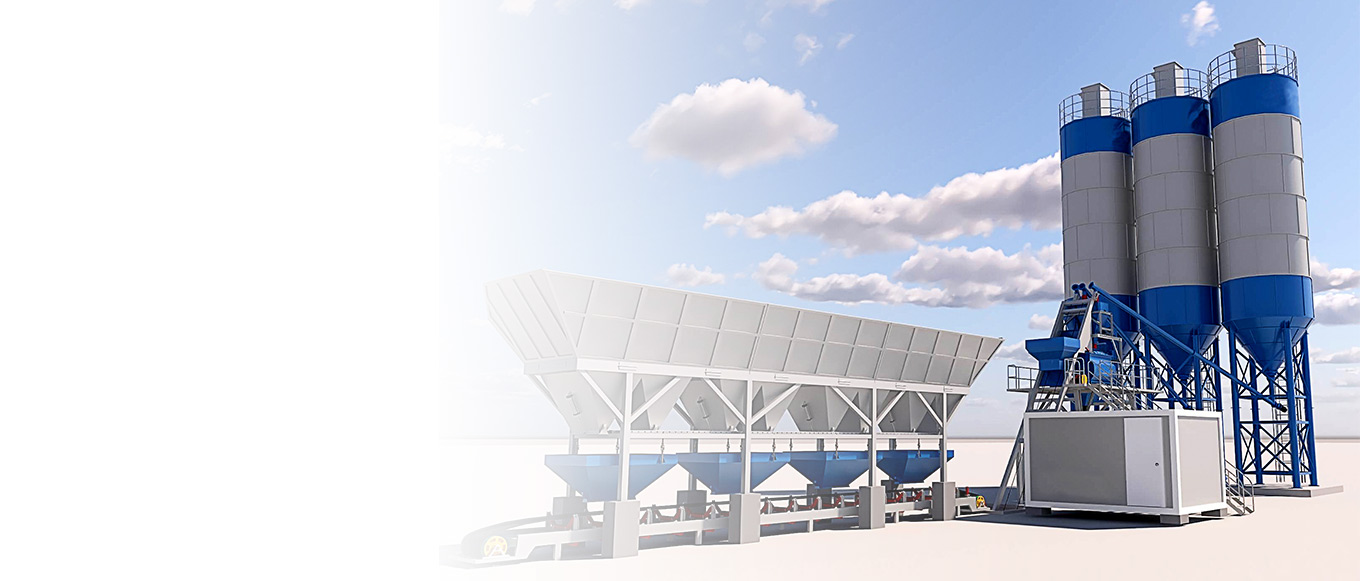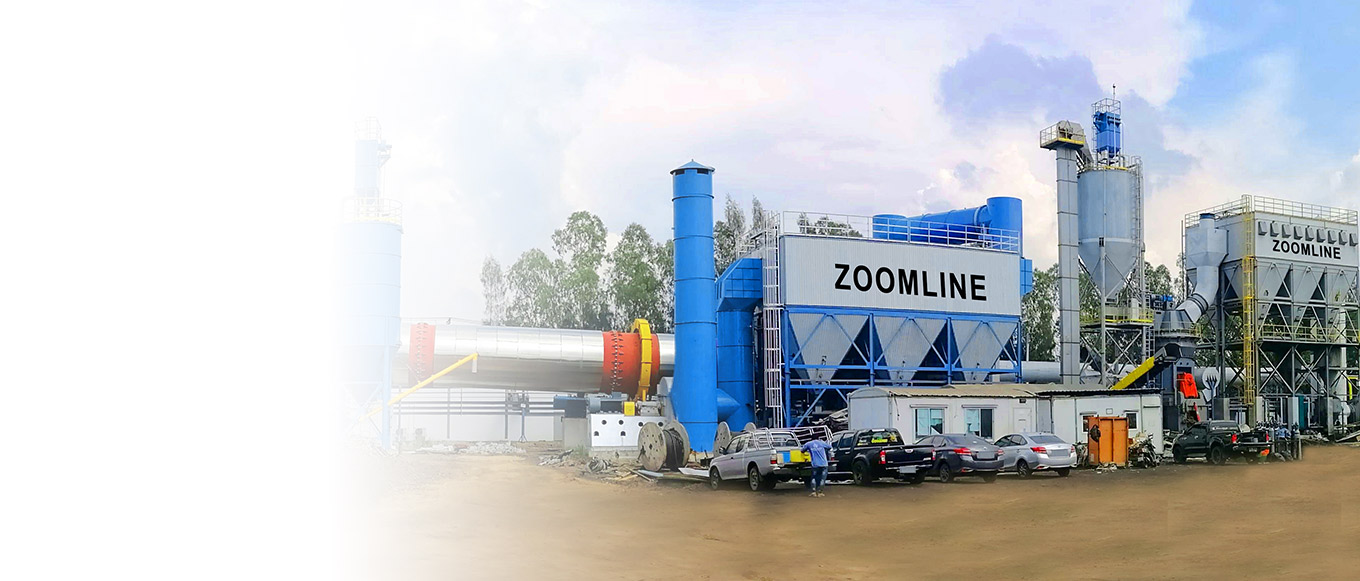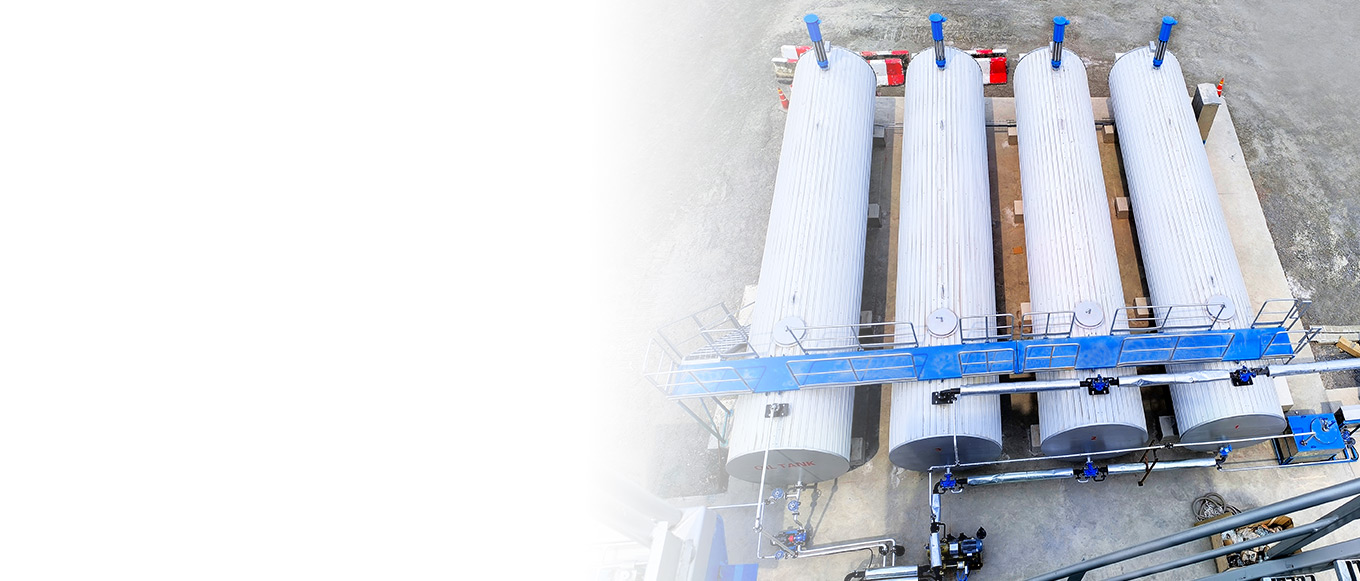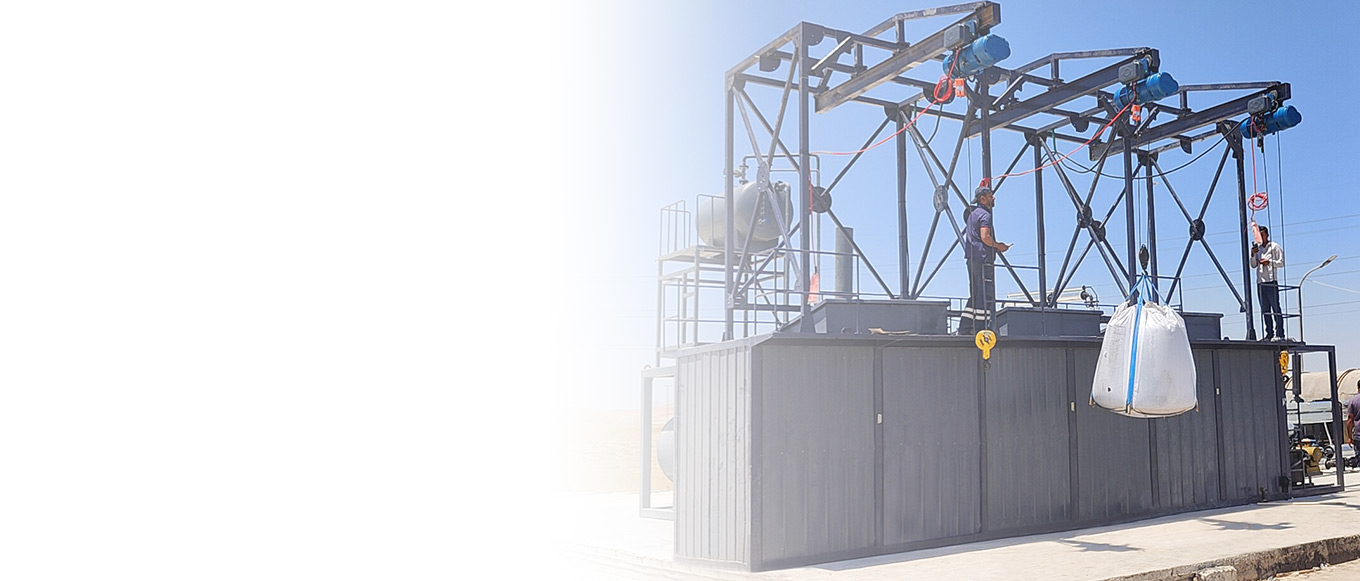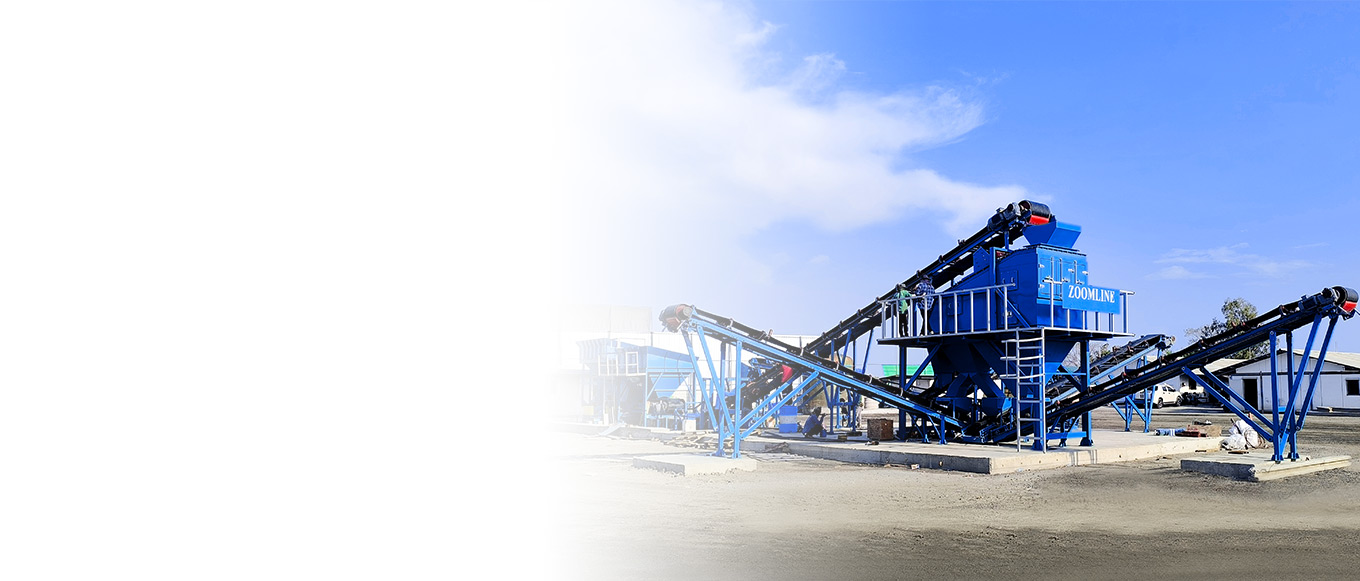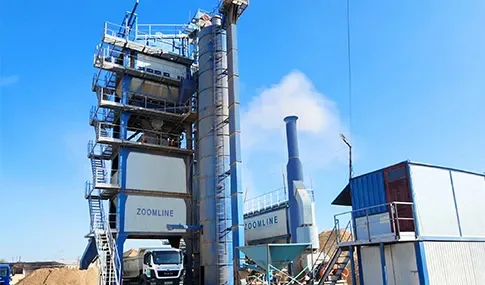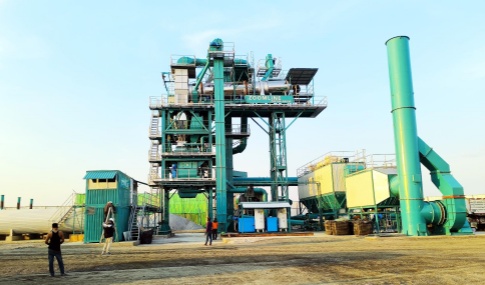In projects such as highway maintenance, rural road upgrades, and cross-regional infrastructure development, the flexibility of asphalt mixing equipment directly determines construction efficiency and overall profitability. Mobile asphalt mixing plants, with their modular design and rapid relocation capabilities, are increasingly becoming the preferred choice for engineering contractors. Compared to stationary plants, they eliminate the need for long-term fixed sites and can precisely match the demands of dispersed projects. However, controlling relocation costs remains a core concern for equipment owners and project managers—effective relocation cost management can boost project profits by 15%–20%, while mismanagement may lead to unnecessary financial waste. This article comprehensively analyzes the core elements of mobile asphalt mixing plant relocation costs, empowering industry practitioners to achieve efficient and economical equipment relocation.
Understanding the “Relocation Cost” of Mobile Asphalt Mixing Plants
In the context of mobile asphalt mixing plants, “relocation costs” encompass more than just transportation fees. They represent the total expenses incurred throughout the entire process: dismantling equipment at the current site, crane-lifting and transporting it to the new location, followed by installation, commissioning, and achieving full operational capacity. This includes multiple dimensions such as labor, equipment, logistics, and approvals. The core concept here is “mobility and adaptability,” which starkly contrasts with fixed-type mixing plants.
Stationary asphalt plants, with their rigid structures and bulky components, require extensive dismantling during relocation. Some foundational elements may even be irreplaceable, resulting in relocation costs typically reaching 10%–15% of the equipment’s original value. The relocation cycle can extend to 2–3 months. In contrast, mobile plants leverage containerized design and modular construction to keep relocation costs between 3% and 5% of the equipment’s original value. The complete relocation cycle (excluding transportation time) can be as short as 3 to 5 days. Regarding relocation frequency, mobile equipment is specifically designed for frequent site transfers, making it suitable for small-to-medium projects requiring 3-5 relocations annually, such as county road upgrades and municipal repair projects. Fixed equipment, conversely, is better suited for large-scale infrastructure sites with long-term, stable operations exceeding five years.

Six Core Factors Affecting the Relocation Costs of Mobile Asphalt Mixing Plants
Transportation Distance and Logistics Planning
Transportation distance is the fundamental variable influencing cost fluctuations: Local relocation (within 50 km) primarily incurs short-distance transportation fees and minimal escort costs, with logistics expenses for a single 60TPH unit totaling approximately ¥10,000–20,000. Interprovincial long-distance transport (over 500 km) requires consideration of expressway tolls, fuel surcharges, and oversize transport permits, escalating costs to ¥50,000–80,000. Cross-border transportation additionally involves customs clearance and commodity inspection fees, potentially doubling overall expenses.
The choice of transport vehicles directly impacts costs: Standard modular components can be transported using conventional flatbed trailers at approximately ¥0.8–1.2 per ton-kilometer. However, heavy modules like drying drums and mixing towers require low-bed trailers with specialized escort vehicles, increasing freight costs by 30%–50%.
Equipment Scale and Configuration Complexity
Production capacity correlates positively with relocation costs: A compact 60TPH mobile mixing plant, with lightweight components, requires only 5–8 truckloads for transport. Conversely, a large 160TPH unit demands 12–15 truckloads due to heavier modules, increasing logistics costs by 60%–80%.
Additional components significantly drive cost increases: Standard cold aggregate hoppers and dust collectors pose minimal relocation challenges. However, specialized components like heated asphalt tanks and RAP recycling systems require additional insulation and precision securing, extending disassembly and installation time by 40% and increasing labor costs accordingly.
Labor Costs for Dismantling and Installation
Labor expenses for relocation depend on technical complexity and time consumption: General laborers primarily handle component cleaning and auxiliary handling, earning daily wages of approximately ¥300–400. Mechanical engineers and electricians familiar with equipment structure perform critical tasks like circuit connection and hydraulic system debugging, commanding daily rates of ¥800–1200.
Modularity directly impacts labor requirements: Mobile mixing plants integrate entire production lines into 1–2 mobile units, requiring only a 3–5 person team to complete installation within hours. In contrast, traditional non-modular equipment demands a team of 10+ working 3–5 days, resulting in labor cost differences of 2–3 times.
New Site Preparation
Site foundation treatment is a key upfront investment: A leveled, hardened site requires only basic cleaning and marking, costing approximately 5,000–10,000 yuan. For mountainous or muddy terrain, bulldozer grading and gravel bedding are needed, increasing costs to 20,000–30,000 yuan. For power and fuel supply: Industrial power cable installation costs approximately ¥10,000–20,000, while temporary fuel storage tank construction and security measures range from ¥8,000 to ¥15,000.
Local approval costs are significant: Environmental filing and construction permit fees vary considerably by region. Approval fees in typical counties range from ¥3,000 to ¥5,000, while first-tier cities require ¥10,000 to ¥20,000. Delays caused by failing to secure approvals in advance can result in daily downtime losses of several thousand yuan.
Crane Rental Costs
Lifting expenses correlate with equipment weight and operating duration:
-50-ton cranes: Hourly rate of ¥200–300, suitable for lightweight components like cold hoppers. 100-150 ton cranes for heavy modules like drying drums and mixing towers command hourly rates of 500-800 yuan. For large 160TPH equipment requiring two cranes working in tandem, daily hoisting costs can exceed 10,000 yuan.
Natural and Geographical Conditions
Complex terrain significantly increases relocation difficulty: Narrow mountain roads require detours, adding 20%–30% to transportation time; remote locations complicate equipment mobilization, raising rental costs by 40%–60%. Seasonal factors are equally critical: Rainy season construction necessitates rain shelters, increasing site costs by approximately 5,000–10,000 RMB; winter low temperatures prolong hydraulic system commissioning, boosting labor costs by over 30%.

Reference Breakdown of Relocation Costs for Mobile Asphalt Mixing Plants
Taking a common 100TPH mobile asphalt mixing plant as an example, the cost structure for a single inter-city relocation (300 kilometers) is as follows:
Dismantling costs: ¥8,000–12,000 (includes component labeling, pipeline sealing, and small tool rentals)
Transportation costs: ¥40,000–60,000 (10 flatbed trailers, including fuel, tolls, and escort fees)
Lifting costs: ¥15,000–20,000 (2 days of 100-ton crane operation, including operators)
Installation and commissioning costs: ¥12,000–18,000 (5 days of technical team work, including electrical connections and equipment calibration)
Site Preparation Costs: ¥10,000–15,000 (ground leveling, power connection, environmental compliance filing)
Contingency Reserve: ¥5,000–10,000 (for equipment failures, weather changes, and other emergencies)
Total estimated costs: ¥92,000–148,000, representing 4%–5% of the equipment’s original value—significantly lower than relocation costs for fixed plants.
Relocation Timeline: How Long Until Equipment Resumes Production?
The relocation timeline for mobile asphalt mixing plants is closely tied to production capacity and modularization. Below are typical reference timelines for different capacity equipment (including installation and commissioning, excluding transportation time):
60–80 TPH (e.g., YLB700, IAP40): 3–5 days; highly integrated units may achieve “same-day disassembly, next-day operation”
100–120 TPH (e.g., YLB1000, IAP120): 5–7 days; primary time consumption involves precision installation of heavy modules and system calibration
140–160TPH (e.g., YLB2000): 7–10 days, requiring multi-module coordinated commissioning and capacity testing
Key factors accelerating relocation include: completing new site foundation work in advance, utilizing original manufacturer technical teams, and performing comprehensive equipment maintenance prior to relocation. Potential delays may arise from: unexpected mechanical failures, cross-regional transportation congestion, or extreme weather impacting hoisting operations.
Cost Reduction and Efficiency Enhancement: 5 Strategies to Control Relocation Costs
Prioritize Highly Modular Equipment
Factory-preassembled modular designs significantly reduce on-site work time: Piping and wiring are pre-installed before shipment, requiring only bolt connections on-site. Installation time is shortened by 60% compared to traditional equipment, with labor costs reduced by 50%. Integrated mobile unit designs further reduce labor requirements for disassembly and installation to fewer than three personnel, driving down costs even further.
Engage Experienced Professional Teams
Technical teams familiar with specific equipment models prevent cost overruns caused by operational errors. Leveraging deep structural knowledge, such teams can shorten commissioning time by 20% and promptly identify potential faults—one project case study shows an experienced team preemptively detected a mixing shaft seal issue during relocation, averting costly post-commissioning repairs. Prioritize manufacturer-provided after-sales teams, as they offer both technical expertise and guaranteed spare parts supply efficiency.
Develop a Detailed Relocation Plan
The plan should cover all process details: logistics must specify vehicle scheduling and route planning (avoiding restricted zones and high-toll highways); on-site operations require stipulated disassembly sequences and crane safety protocols; personnel assignments must clarify roles and timelines. One cross-regional project reduced transportation distance by 200 kilometers through 30-day advance planning, optimized routes, and avoided peak freight periods, cutting logistics costs by 15%.
Complete Comprehensive Maintenance Before Relocation
After equipment shutdown, conduct systematic inspections: clean residual asphalt from drying drums, inspect hydraulic system seals, and test electrical connection stability. Statistics show that equipment undergoing full maintenance before relocation experiences a 70% reduction in on-site failure rates, avoiding days of delay caused by part replacements.
Optimize Transport Load and Routing
Avoid oversize transport by rationally planning component loading—splitting heavy modules into compliant weights saves 30%-40% in oversize permit fees. For route selection, use logistics software to compare tolls and travel times across options, prioritizing “national highway + expressway” combinations to balance cost and efficiency.

Beware of These “Hidden Cost Killers”
Many practitioners overlook details, leading to relocation cost overruns. Common pitfalls include:
Inadequate site planning: Failure to prepare the new site in advance prevents timely equipment hoisting upon delivery, resulting in increased vehicle detention fees;
Skipping pre-inspection: Failing to check critical component wear reveals broken mixing arms during disassembly, necessitating emergency parts procurement and delaying schedules;
Underestimating lifting capacity: Using cranes with insufficient tonnage to lift heavy modules requires re-renting equipment, doubling costs;
Delayed approvals: Neglecting to secure environmental or transport permits in advance leads to equipment seizures, causing daily downtime losses of thousands of yuan.
Conclusion: Optimizing Relocation Costs Through Scientific Management
The low relocation cost advantage of mobile asphalt mixing plants is not inherent but achieved through multidimensional scientific management encompassing equipment selection, team configuration, and process planning. Core cost factors—transportation distance, equipment scale, labor expertise, and site conditions—involve both objective constraints and subjective optimization potential.
For contractors and equipment owners, selecting highly modular equipment is fundamental, deploying specialized teams is essential, and developing detailed plans is critical. Looking ahead, as modular technology advances further, the relocation costs of mobile asphalt mixing plants will become even more advantageous, positioning them as a key enabler for driving efficient development in the infrastructure industry.

